
A maintenance crew works on Tianyan. (OU DONGQU/XINHUA)
Special equipment
The telescope will be equipped with five instruments, including a survey camera. The main focal plane of the camera is equipped with 30 81-mega-pixel detectors that will take images and spectra of roughly 17,500 square degrees of the median-to-high galactic latitude and median-to-high ecliptic latitude sky in multiple bands, the researchers said.
Four other instruments mounted on the CSST have been designed to observe individual objects or small fields, such as mapping star-forming regions of the Milky Way, obtaining instantaneous colors of fast-varying objects such as comets and spinning asteroids, studying the coevolution of supermassive black holes and galaxies and star formation in the nearby part of the universe, and direct imaging of exoplanets in the visible range.
The CSST is likely to be the largest space telescope for astronomy in the near-ultraviolet and visible range in the decade before 2035, Zhan said.
To explain the CSST's capabilities, Li used the analogy of photographing a flock of sheep.
"Hubble may see a sheep, but the CSST sees thousands, all at the same resolution," he said.

Zhai Zhigang, a member of the Shenzhou XIII crew, waves during a spacewalk in November. (GUO ZHONGZHENG/XINHUA)
Shared orbit
During its normal observations, the telescope will fly independently in the same orbit as China's space station, but at a great distance apart. The in-orbit construction of the space station is expected to be completed this year.
Zhan said the telescope was initially designed to be mounted on the space station, but there would have been disadvantages such as vibration, potential contamination, stray light and line-of-sight obstruction caused by the space station's proximity.
As a result, a new design was adopted, putting the telescope in the orbit of the space station but keeping them far from each other during normal operations.
However, the CSST will dock with the space station for refueling and servicing-either as scheduled or whenever necessary-making its maintenance more affordable than Hubble.
From 1993 to 2009, NASA launched space shuttles on five servicing missions for Hubble to undertake repairs, replace parts and install new instruments.
The CSST, which is expected to start scientific operations in 2024, has a nominal mission life of 10 years, but in principle, that could be extended.
The telescope will take pictures of 40 percent of the sky and transmit massive amounts of data back to Earth, which scientists across the world will be able to study, Li said, adding that its main objective is to address the most basic questions about the universe.
It will observe well over 1 billion galaxies and measure their positions, shapes and brightness, which may help explain how those galaxies evolved.
"We know that our universe is expanding with an acceleration, and we can calculate its current expansion rate, but it's still unknown what causes the acceleration," Li said. "CSST observations may offer answers and unveil new physics."
The telescope will also be able to help determine the upper limit of neutrino mass and shed light on the mysterious phenomena of dark matter and dark energy. They are believed to account for the majority of the universe's mass-energy content.

Workers perform maintenance work on high-altitude cosmic ray wide-angle observatory telescopes in Beijing. (JIN LIWANG/XINHUA)
Further studies
The versatile telescope will undertake many more intriguing studies, such as drawing a galactic dust map of the Milky Way, observing how supermassive black holes are gobbling up surrounding materials, exploring exoplanets and discovering unusual new celestial bodies.
"The orbital period of Uranus is more than 80 years. Hubble has made observations for many years. The CSST could continue the work to examine how Uranus moves in one complete period," Li said.
"The telescope can bring China's research in optical astronomy to the forefront of the world and help cultivate world-class Chinese scientists. It can also take breathtaking visible pictures, allowing the public to directly feel and understand the universe."









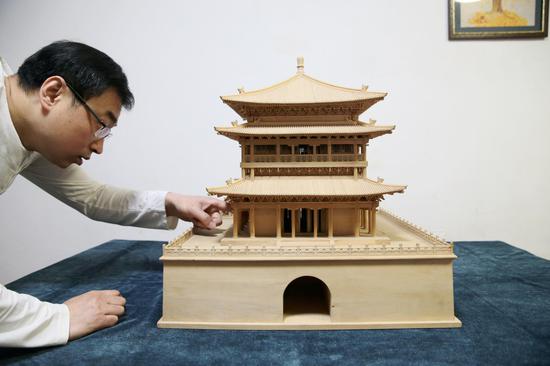
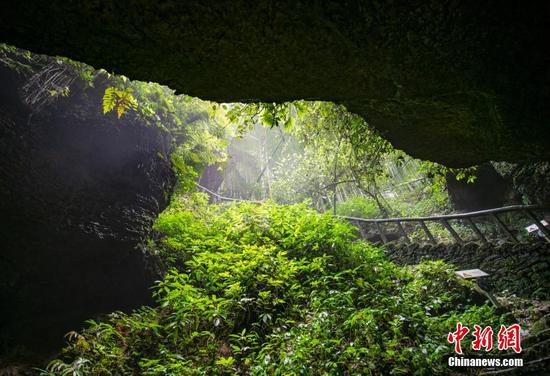

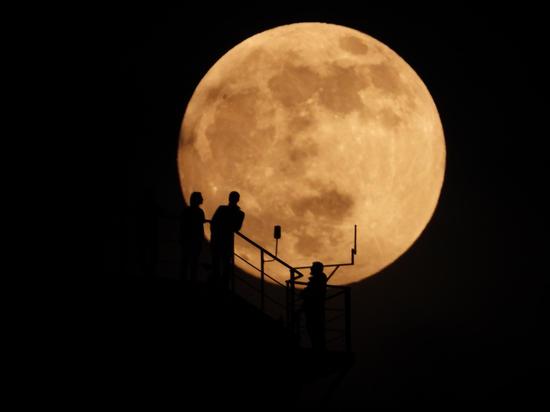
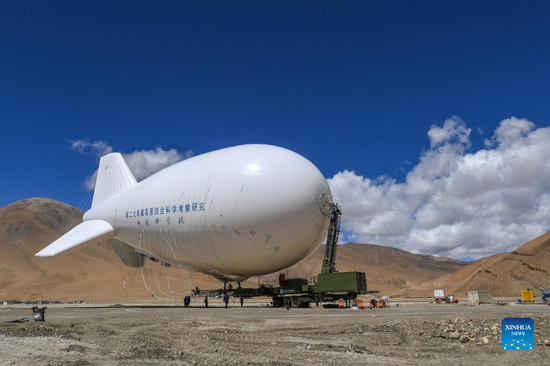
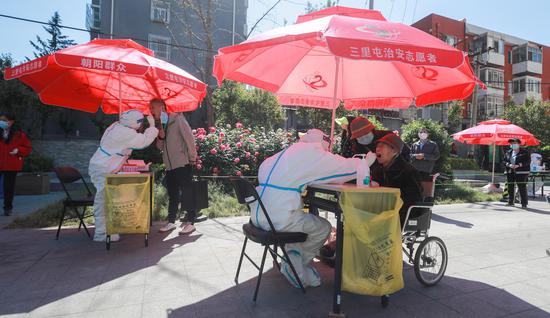
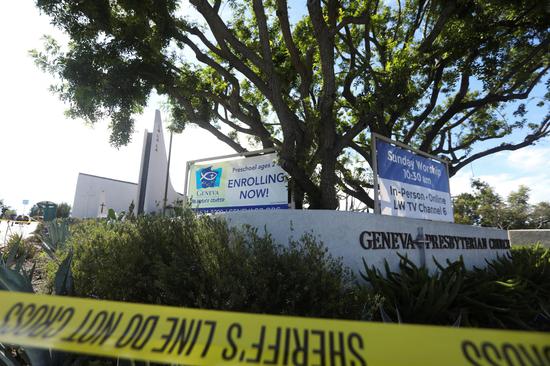











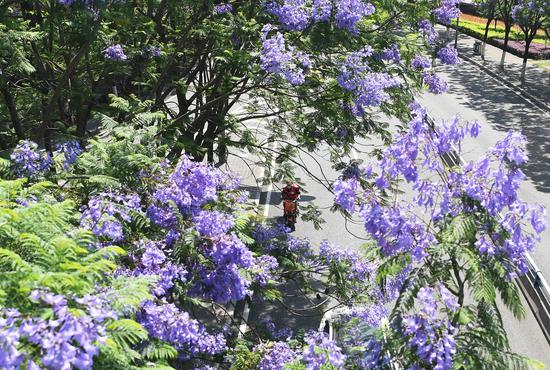

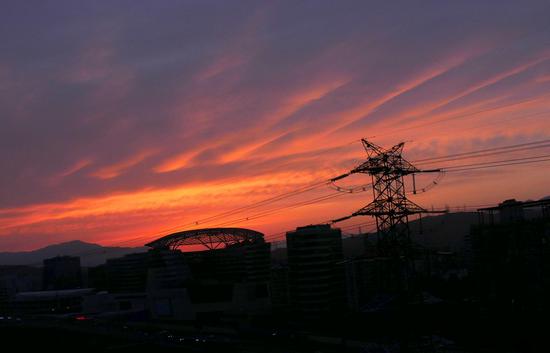

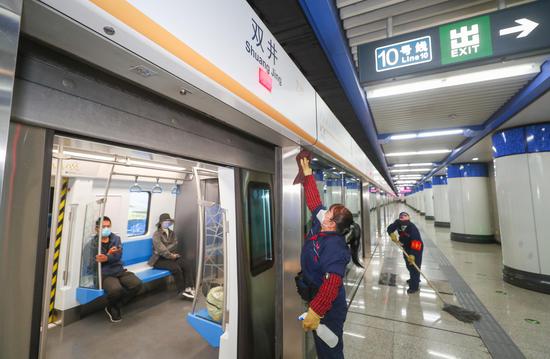
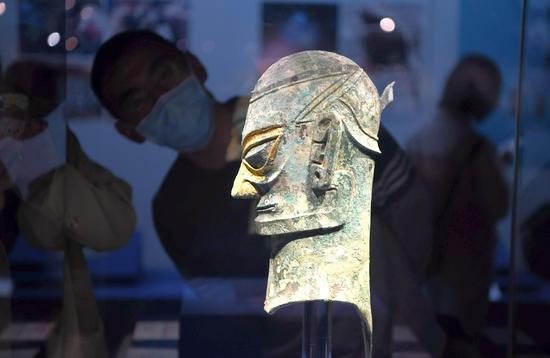



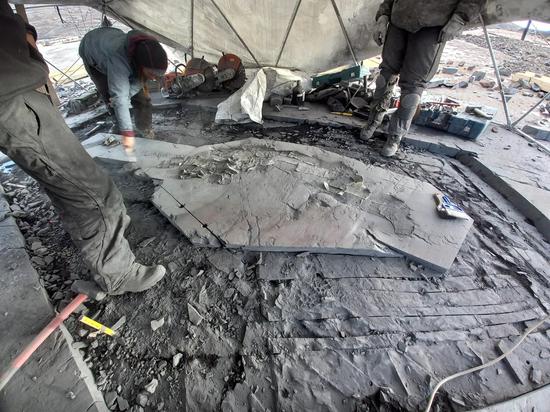
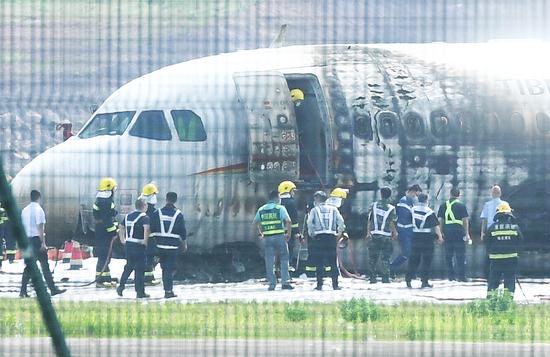

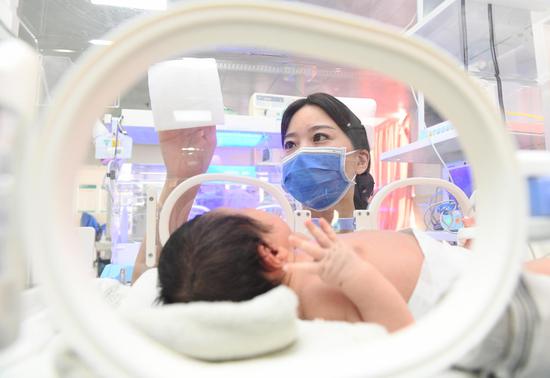
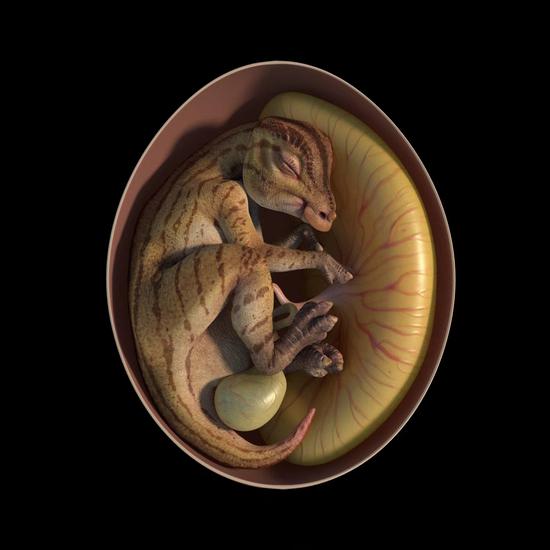


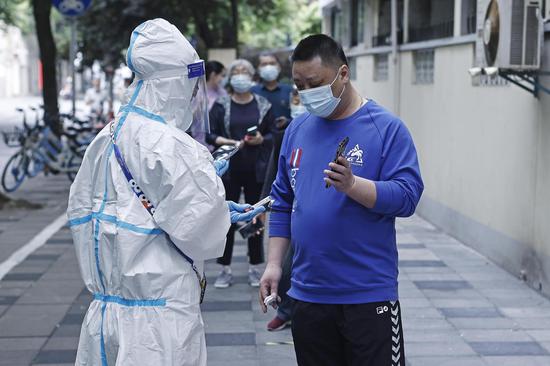
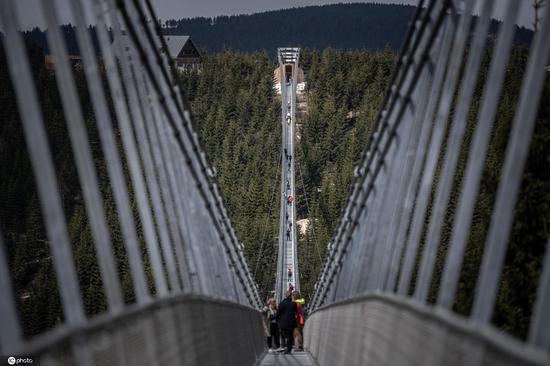





 京公網(wǎng)安備 11010202009201號(hào)
京公網(wǎng)安備 11010202009201號(hào)